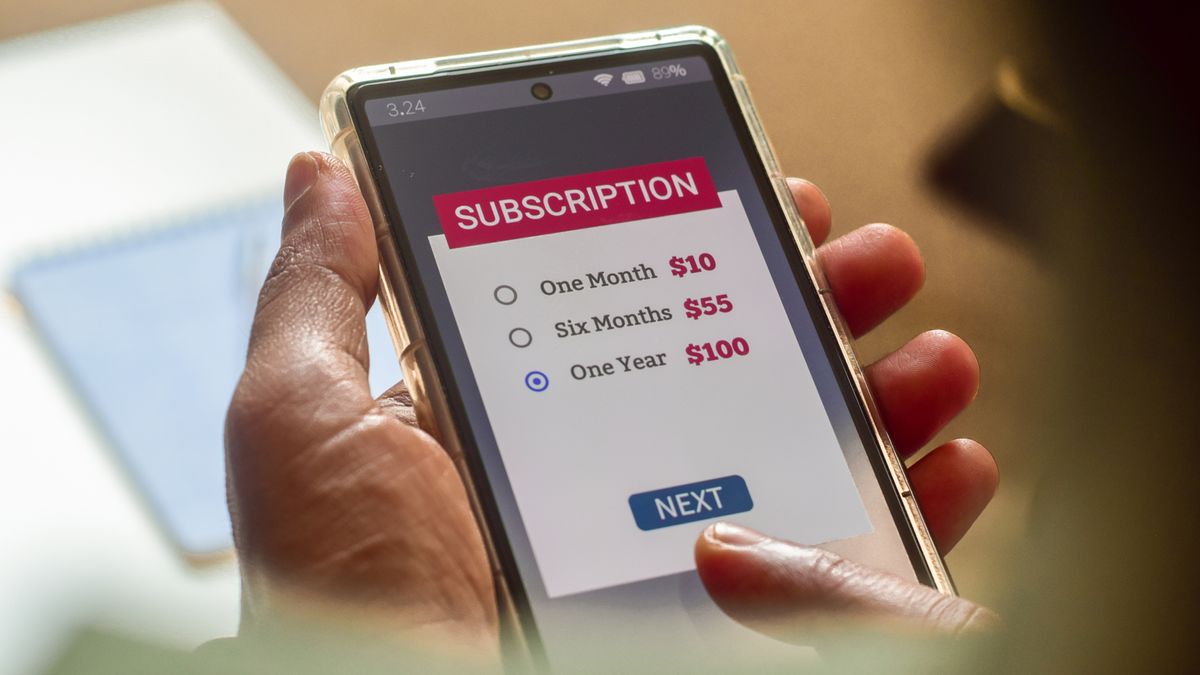- Hungry Strategist
- Posts
- 💸 Subscription is Eating the World
💸 Subscription is Eating the World

Estimated read time: 5-mins
TLDR

Source: SEI report from Zuora
In 2011, Marc Andreessen famously declared that software was eating the world. Jump to 2024, and we’re witnessing a new shift: a sweeping transformation that’s not just reshaping the internet, but permeating nearly every aspect of daily life.
How many subscriptions do you currently manage? While it varies by region, recent reports suggest the average is around 2-4 per person. Feeling overwhelmed by them? You’re not alone—subscription fatigue is real, and it’s affecting many.

OMG-moment when you paint the subscription landscape, and this was back in 2022
Source: Lazard 2022 subscription economics report
Subscription has extended beyond Consumer SaaS sectors like streaming (Netflix, Disney+), food delivery (Swiggy, GrabFood, Foodpanda), ride-hailing (Uber), and curated subscription boxes, to become fundamental in Enterprise SaaS. The business model delivers predictable revenue, strengthens customer relationships, provides valuable customer insights and offers cross-selling opportunities—advantages that are especially critical in the AI era. In fact, 70% of business leaders view subscription models as essential to their future success.
The bad news? The overabundance and complexity remains to stay if not intensify.
With a mindset shift, especially among Millennials and Gen Z, customers now prioritize the convenience and flexibility that subscriptions offer, moving closer to pay-by-usage models. This shift also helps overcome the limitations of traditional one-time sales, such as return policies and satisfaction guarantees.
Another driver behind Consumer SaaS subscriptions is the need to compensate for the plateauing of online advertising. Macroeconomic regulations (from DOJ and the EU), privacy concerns (such as cookie deprecation), and rising operational costs (including AI investments) are signaling changes to the “free internet” norm.
We’ve lived in a world where the internet made distributing information virtually free. Now, it’s time to pay the price.
Predictions
Gentlemen, there’s only two ways I know of to make money: bundling and unbundling.
The Great Bundling, and Unbundling - To address customer expectations and combat subscription fatigue (managing numerous subscriptions), subscription services are likely to converge around daily touchpoints like telecom providers, Big Tech, and eWallets. Super bundling platforms, such as SKT's T-Universe in Korea, will continue to emerge. At the same time, a reverse unbundling process will allow services with strong standalone value to separate, maximizing their profit margins.
While there are efforts to create centralized subscription hubs outside of these categories, they have yet to gain significant traction. Currently, they lack the scale needed to establish a strong network effect that benefits both consumers and service providers.
Micropayments in Subscription - Digging deep, businesses are exploring customization of payments to the most microscopic level, some examples include:
- Per-Feature Pricing: Customers pay for specific features they need, allowing customizations.
- Pay-as-You-Go: Similar to usage-based pricing, this often involves prepaid credits that customers use as needed.Which then develops into Subscription Aggregators that take advantage of the bite-sized usage-payment outlined above - For example, services like Magai offer a unique value proposition as an all-in-one portal for accessing a wide range of mainstream AI services. With its shared prepaid credit system, users can seamlessly utilize various services without holding separate subscriptions. For example, you could use 500 credits for a ChatGPT prompt or 2000 credits to generate an image with Midjourney, all from one account.
As the AI space evolves into Hunger Game, we can expect subscription prices to gradually increase due to rising demands in infrastructure, research, and competition. While businesses might use strategies like bundling and flexible payment options to ease the impact for customers, the reality remains: the “free internet” has always been an illusion—and likely always will be. With limited alternatives, it’s time to choose “the lesser of the evil” carefully.

Let me handle it
What’s new in town
The latest text-to-video model, Mochi 1, has arrived! 🔥🔥🔥 Developed by Genmo, this model prioritizes community engagement, launching under the Apache 2.0 license for both personal and commercial use.
Comment "Mochi 1" in the comments if you are interested to play with it 💬
— Hungry Strategist (@HStrategis29017)
4:00 PM • Nov 12, 2024
Food of Thought
Why so serious?





